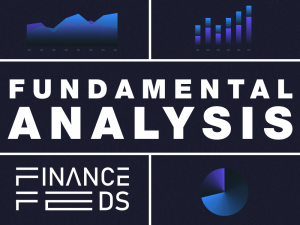Banco Santander added focus on digital to axe 450 branches in Spain
Banco Santander is ditching 13% of its branches in Spain this year. The decision comes in line with the bank’s recent efforts to avoid falling behind the global trend for Fintech disruption. Over the past year, its $100 million fund dedicated to digital products and services has invested in fast-growing companies such as marketplace lender Kabbage, […]

Banco Santander is ditching 13% of its branches in Spain this year.
The decision comes in line with the bank’s recent efforts to avoid falling behind the global trend for Fintech disruption.
Over the past year, its $100 million fund dedicated to digital products and services has invested in fast-growing companies such as marketplace lender Kabbage, blockchain outfits Digital Asset Holdings, bank-settlements processor Ripple, and retail-payments specialist iZettle.
The 450 (of 3467) branches sentenced for the ax are small sites employing fewer than four people, while another 350 branches will undergo organizational changes, such as new ATMs to free up staffers for advisory work.
Santander expects the closure of part of the massive and expensive branch network to save up to €3 billion by the end of 2018, with a planned doubling of the number of digital customers to keep business volume from falling.
Ana Botín, executive chairman of Santander Group, had made remarks last year in defense of the major advantage a physical presence gives to incumbents over new entrants in the market.
In September, she said in an interview that technology investments have helped Santander cut cost-to-income ratio as more customers open online accounts, but that doesn’t plan to acquire any startups outright. Compared to the balance sheet, the $100 million in Fintech funding is a small investment, although big enough to delve into the system deeply enough.
Santander’s corporate center will also be subject to cuts, according to a source, and approximately 1,000 (3%) employees in Spain could be affected by the branch closures and changes in the corporate center.
Suffering the consequences of low interest rates in the Eurozone and increased competition from challengers and Fintech, banks such as Santander are forced to cut costs in Spain as in many other countries in an attempt to maintain or increase earnings.
The bank, heavily invested in Brazil, has been under stress due to the commodity crisis and political turmoil in the country. Year-on-year, the stock price of Banco Santander (ADR) is down by -43.32%, now at $4.32. Ana Botín, announced last month the bank would retract from last year’s sharp dividend cut and will now be raised by 5 percent.
Recent research studies have found that FinTech firms are an increased threat to legacy banking, with 87% of UK small and medium sized enterprises (SME) saying they get better services from them rather than traditional banks. Another study, authored by Jim Marous in partnership with GfK, detected a perception gap between what banks and customers in regard to banking services, with the particular insight of a noticeable delay in the digital arena compared to clients’ expectations.
Last month, UniCredit announced a $200 million FinTech fund in partnership with London VC Anthemis, BNP Paribas will be taking eight startups in a four month accelerator program in fields including insurance, payment methods, compliance, customer experience, cyber security and risk analysis. Also last month, UBS and Credit Suisse partnered with Swisscom, Swiss Life and Ernst & Young to launch a FinTech accelerator.









